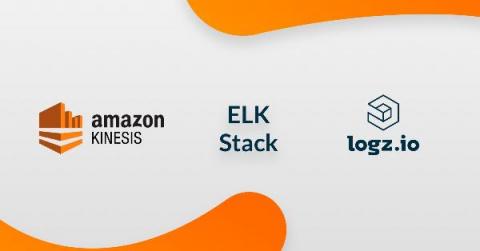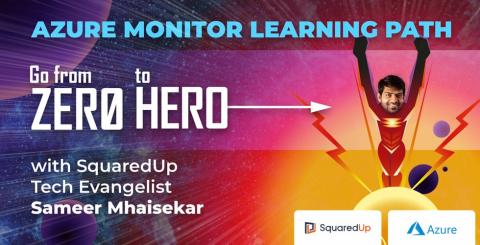Operations | Monitoring | ITSM | DevOps | Cloud
Cloud
The latest News and Information on Cloud monitoring, security and related technologies.
Serverless is more than AWS Lambda
Too often serverless is equated with just AWS Lambda. Yes, it’s true: Amazon Web Services (AWS) helped to pioneer what is commonly referred to as serverless today with AWS Lambda, which was first announced back in 2015. But in 2020, it’s important for enterprises to understand that the serverless landscape is much bigger with more opportunities. Serverless is sometimes (narrowly) defined as just being about functions-as-a-service, but that’s a very limited viewpoint.
Tutorial: Shipping AWS Kinesis Data Stream Logs to Logz.io
Kinesis is a managed, high-performance and large-capacity service for real time processing of (live) streaming data. Prominent users include Netflix, Comcast and Major League Baseball. Its design to let it grab data from multiple sources at the same time and to scale processing within EC2 instances.
AI-Powered Monitoring for Hybrid IT
This blog originally appeared on HPE. Hewlett-Packard Enterprise (HPE) recently invested in OpsRamp. Consider this: when you drive a car, how would you know whether the car needs maintenance? You might look for status indicators like a check engine or change oil light. Similarly, when a pilot flies an airplane, they rely on a multitude of metrics and data to ensure the plane is running smoothly. Managing IT infrastructure is similar in nature.
AWS Elasticsearch Health Monitoring: 8 Things to Watch
If you have ever used a search bar on a website, you've probably used Elasticsearch. Elasticsearch is an open-source search and analytics engine used for full-text search as well as analyzing logs and metrics. It allows websites to use autocomplete in text fields, search suggestions, location or geospatial search. Tons of companies use Elasticsearch, including Nike, SportsEngine, Autodesk, and Expedia.
Essential Open Source Serverless Code Libraries
Serverless applications, due to their distributed nature, are often stuck having to reinvent the wheel. While small utility scripts and functions are often easily instrumented and monitored, anything of a transactional nature will need to implement special code to provide developers with common tools like stack traces, atomicity, and other patterns that rely on a singular flow of control.
Announcing Stackery-Native Provisioned Concurrency Support
The seamless scaling and headache-free reliability of a serverless application architecture has become compelling to a broad community of cloud specialists. But for those who have yet to become converts, a specific issue related to service startup latency—Cold Starts—has been one of the cited key objections. Fortunately, the serverless marketplace is maturing.
Azure Monitor (Part 2): Azure Monitor Logs-Getting Started
In our previous post, we discussed the question: 'What is Azure Monitor and how does it work?' and also covered the two types of data it stores, at a high level. In this part, we will get ourselves started with Azure Monitor Logs. More specifically, we'll discuss how Logs are collected by Azure Monitor or, in other words, what options you have to add data sources to Azure Monitor so you can display that data in a way that makes sense to you.










